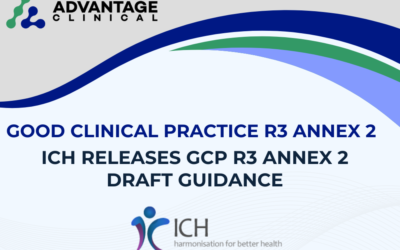Based upon US FDA Workshop Report April 16 2018
In response to the FDARA( Food and Drug Reauthorization Act) of 2017, the US FDA recently convened a workshop to evaluate inclusion & exclusion criteria in clinical trials. This workshop was attended by representatives from academia, industry, health care, government and patient advocacy groups. Below is a summary of the workshop findings.
Selection criteria ( inclusion & exclusion) are tailored for each clinical trial to allow for the evaluation of the effectiveness of a therapeutic in a well defined population. Clinical trial sponsors carefully select these criteria to select for a population in which a positive therapeutic effect will be shown. This selected population however is not always a valid representation of the population likely to use the product if approved.The group convened at the workshop identified some of the ethical and scientific considerations which may lead to subgroup exclusion from the therapeutic research pipeline.
Patients with Organ Dysfunction
We often see patients with organ dysfunction excluded from clinical trails. A recent sampling from the US FDA demonstrated that >60% of trials excluded patients with elevated liver enzyme levels ( ALT / AST) and 58% excluded based upon decreased kidney function (eGFR / CrCl). Thus leaving a large evidence gap in patients who have at-least mild organ dysfunction.
Multiple Chronic Conditions
Subjects who have multiple chronic conditions (other than that under study) will undoubtedly impact the safety and efficacy evaluations of the therapeutic under evaluation in the clinical trial. This may be due to altered global physiology or potential interactions of the therapeutic with concomitant medications. Thus sponsors may choose to exclude subjects with multiple chronic conditions. This allows a more “pure” evaluation of the therapeutics’s safety and efficacy. However, with >60% of Americans suffering from at-least 1 chronic condition, excluding these patients limits the ability of a trial to generate data that are relevant to actual downstream users.
Older Adults
Despite multiple guidances ( FDA & ICH E7), older adults continue to be under-represented in clinical trials. “A recent NIH analysis of clinical trials for diseases that are highly prevalent among older adults, about 27% excluded subjects based on age, with arbitrary age limits.” (FDA 2018). Beyond this older adults may be excluded as they are more likely to suffer from multiple chronic conditions.
Children, Infants and Adolescents
Over the years, multiple safeguards have been put in place to protect children in clinical trials. “An unintended outcome of these additional safeguards is a lack of early drug testing in children, leading to reduced knowledge about the safety and effectiveness of these medications for children, and language in labeling that may discourage pediatric use. Kudos to the NIH here, as of 2019 children must be included in all NIH-Sponsored clinical research. IF they are excluded, investigators must provide scientific justification.
Pregnant and Lactating Women
Exclusion of pregnant and lactating women has long posed a ethical and scientific dilemma for clinical trial sponsors and investigators. “Uncertainty regarding the risk of adverse events in pregnant or lactating women and their fetuses or newborns has historically led to their exclusion from research” (FDA 2018). Beyond the obvious avoidance of potential liabilities resulting from adverse impacts on the fetus ( think Thalidomide), there are multiple physiological changes resulting from pregnancy. These may alter the pharmacokinetics and pharmacodynamics of the therapeutic, further complicating the evaluation in later stage clinical trials.
In Part 2 of this blog, coming next week, we will look at some of the strategies discussed at the workshop to support better development of selection criteria and increase enrollment.
US Food and Drug Administration (2018) Evaluating Inclusion and Exclusion Criteria in Clinical Trials [PDF File} Retrieved from https://www.fda.gov/downloads/RegulatoryInformation/LawsEnforcedbyFDA/SignificantAmendmentstotheFDCAct/FDARA/UCM613054.pdf on September 10th 2018



